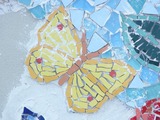
Butterfly adaptations are linked to Greek and Roman mosaics.
- Subject:
- Cross-Curricular
- Measurement and Geometry
- STEM/STEAM
- Visual Art
- Material Type:
- Lesson
- Author:
- Jamie Marquitz
- Amy Erb
- Candice Anthony-Cazenave
- Jessica Brown
- Date Added:
- 12/23/2020

Butterfly adaptations are linked to Greek and Roman mosaics.
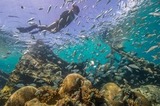
In this activity, you will design a device that will substantially impact our environment. You can write words around your device’s image to help explain your ideas. This device does not have to be realistic. See the example of how to draw a device prototype below. An example of an approach could be to create a sizable water Roomba-like device that cleans the top of a body of water and burns the trash collected. This process turns the trash into oxygen.
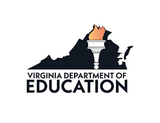
Students will learn about the Pamunkey Indian Tribe in Virginia and the tribe’s history of clay vessels. Students will learn clay hand building methods and hand-build a clay vessel that tells a story.
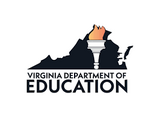
This unit of study allows for students to gain understanding and confidence in figure drawing over a series of 3 separate lessons that result in a collaborative mural. These lessons can be used to facilitate an assessment of student growth and skills development, while still encouraging expression through different types of art explorations and working both individually and collaboratively.
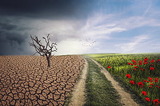
Today, you want to discuss how artists can help bring awareness of environmental changes through art. Introduce a few artists that use environmental change as their theme. It is a good idea to have several artists that use different kinds of mediums. Examples: Nils-Udo, Andy Goldsworthy, Richard Shilling, Agnes Denes, Chris Jordan, Benjamin Von Wong, Olafur Eliasson, Amanda Schachter, Rachel Sussman, and Mathilde Roussel. These are some environmental artists of different backgrounds and diversity that work in different medians. Discuss how posters have been used to educate others on environmental changes. Show your teacher’s example of an educational and artistic environmental poster. Talk about your poster and the environmental concept that you chose as an example of not only the artwork but on a presentation as well.

Using the picture book The True Story of the Three Pigs by A. Wolf as told to Jon Scieska, students will complete math word problems that cover the measurement SOLs. They will also write their own “true story” of another fairy tale, which covers the English writing SOLs. An extension of this unit could be to have students create math word problems based on their new story and have their classmates solve them. This lesson can also be used as an art activity if the story is illustrated. If technology is available, it can be an opportunity for students to practice their computer skills to create a final version of their new illustrated fairy tale or to use the computer to illustrate it.